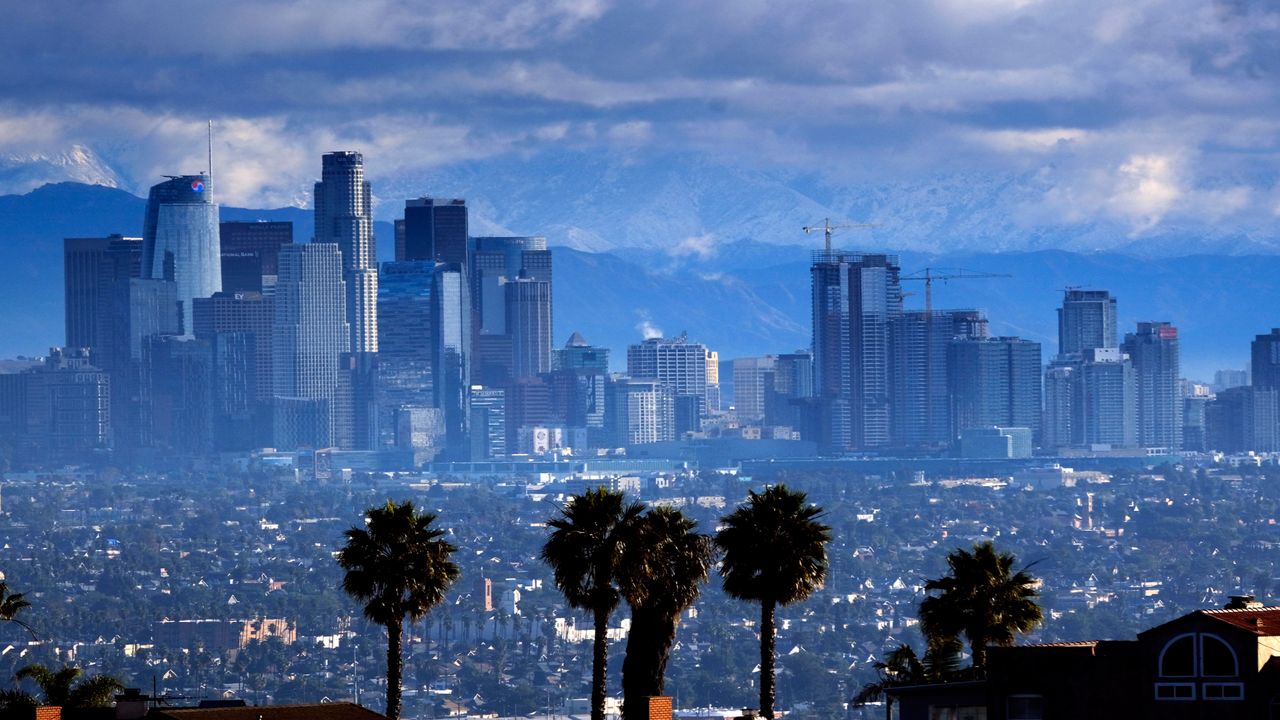Happy fall! Ready or not, here come shorter days.
From now through the start of winter on December 21, Southern California will lose about two minutes of sunlight each day.
As September ends, the sun is setting around 6:45 p.m. Come mid-December, the sun will set around 4:45 p.m.
Before we know it, we will lose an hour of time when daylight taving time ends and we turn back the clocks on November 1.
Weather-wise, average temperatures begin to cool down. Downtown LA’s average high peaks at 85 in August. The average drops to 79 in October, 73 in November and 68 degrees in December.
In fall, shorter days means less sunlight. Less sunlight means leaves start losing chlorophyll which makes them green and instead, the leaves’ orange, red and yellow colors start becoming more prominent.
You can enjoy fall colors even in Southern California.
Planning a road trip? Be sure to check out some popular spots for fall foliage throughout California.
In fall, we can still experience summer-like temperatures.
The Spectrum News 1 Weather Team is forecasting our first heat wave of the season to come on the last days of September. Daytime highs in the 90s and 100s will return to inland cities, potentially breaking records.
More hot weather is still possible in the coming months. The Climate Prediction Center is forecasting a 50% to 60% chance of above-average temperatures from October through December in Central and Southern California.
For some Southern Californians, it’s hard to say goodbye to the warm days of summer. But many inland residents who had to endure multiple heat waves without air-conditioning are looking forward to cooler weather.
June through the end of August ranked fourth-hottest of all summers in historical record, according to the National Oceanic and Atmospheric Administration.
NOAA’s latest monthly U.S. climate report highlights the month of August alone was the warmest on record for California, Arizona, Colorado, Nevada, New Mexico and Utah,
On August 16, Death Valley reported a high temperature of 130 degrees – possibly the hottest August temperature on record for the U.S., if verified.
The heatwave in August lasted several days for many SoCal cities. San Bernardino had triple-digit temperatures for 16 days in a row, Riverside had 10 days, Ontario 11 and Van Nuys 9.



